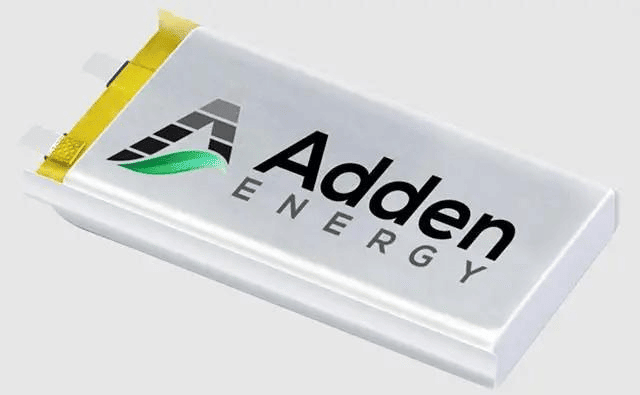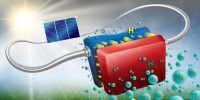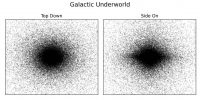In the 1970s, M. S. Whittingham proposed and started to study lithium ion batteries. Because the chemical characteristics of lithium metal are very lively, the processing, preservation and use of lithium metal are very high. With the development of science and technology, lithium batteries have become mainstream.
Lithium -ion batteries are largely applied to mobile phones, laptops, electric tools, electric vehicles, street lights, lighting lights, and small electrical appliances. It can be said to be the largest application group.
However, lithium batteries have reached a “bottleneck” at this stage. Although we can optimize its charging speed, battery life, and reduction cost by replacing some materials, we have not made major breakthroughs.
This new solid -lithium metal battery charges is up to 10,000 times. In comparison, the best solid -state battery cycle is 2000 ~ 3,000 times. The main reason is that they designed a “sandwiches” battery structure, even if the phenomenon of lithium -dense penetration will not occur even under the ultra -high current density such as 20mA/CM².
This new type of solid -state battery, with a charging rate of 20C (8.6mA/CM²), charging the discharge cycle of 10,000 times, the battery capacity remains 82%. After the 1.5C charging multiplier (0.64mA/cm²) is charged for a discharge cycle of 2,000 times, the battery capacity is 81.3%.
This new solid -state lithium metal battery uses lithium in pure metal form. And the solid electrode and solid electrolyte are used, not the liquid or polymer gel electrolyte in lithium ion batteries commonly used at this stage. The innovative “sandwich” battery structure is from left to right: lithium metal anode, graphite, LPSCI, LGPS, LPSCI, graphite, NMC811 cathode. The LGPS electrolyte barrier prevents the battery from passing the battery, thereby preventing the failure.
However, the cost of materials used in lithium metal batteries is also much higher than the cost of traditional lithium -ion batteries. Although this technology is good, if you want mass production, there is too far away.




GIPHY App Key not set. Please check settings